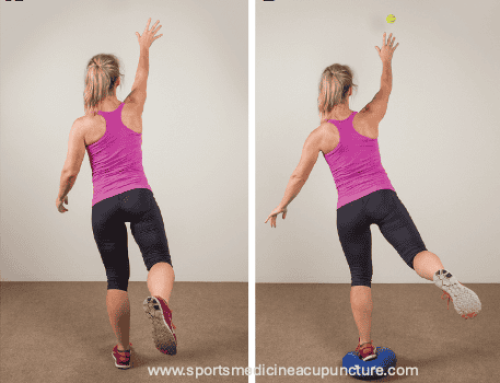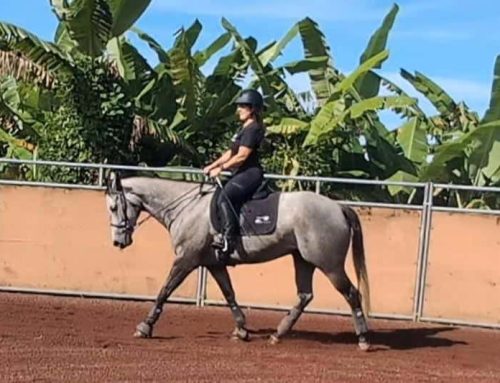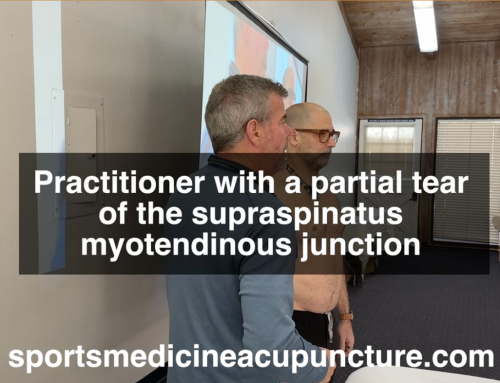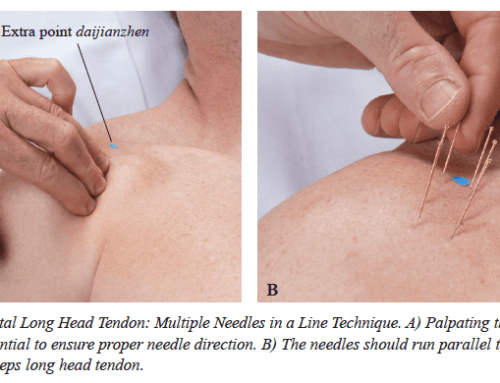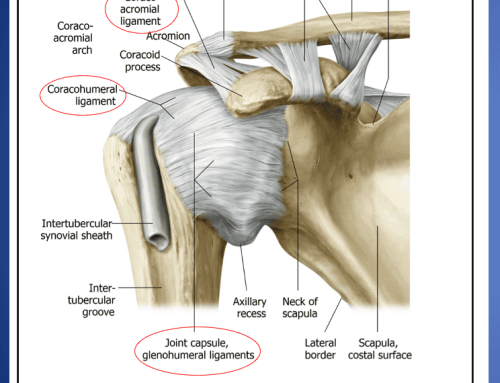Case Study: Tensor Fascia Lata Muscle Strain Misdiagnosed as Greater Trochanter Bursitis
I recently had a 56-year-old woman come to see me with a chief complaint of anterior-lateral hip pain that is worse with laying on her side while sleeping and sitting for more than an hour. The patient’s pain was diagnosed as Greater Trochanteric (GT) Bursitis and was prescribed Naproxen (NSAID) and given a local corticosteroid injection by her medical doctor. The pain reduced approximately 50% but returned within a few weeks back to the original pain level. The patient is an office secretary who lives a sedentary lifestyle and is moderately overweight. Sitting is her primary activity.
It is understandable that the physician diagnosed the condition as GT bursitis because of her symptoms and the general location of the pain. However, a physical exam was not performed and a diagnosis was made. A differential diagnosis would show the pain was more anterior to the GT bursa by about 1.5 inches.
Palpation and a few assessment exams including a Manual Muscle Test (MMT) of the Tensor Fascia Late (TFL) identified the pain generating tissue in the posterior muscle belly.
A TFL strain is a common myofascial injury in active people (running sports, kayaking) is often located in the region of GB 29 (juliao). It is found in patients with pelvic imbalances, such as an elevated ilium and anterior tilt. In most cases, the hip abductors are found weak with MMT resulting in an increased demand on the TFL. In addition, it has been shown that in patients with a sedentary lifestyle, a fatty infiltration of the hip abductors is common and can further result in an increased demand of the TFL perpetuating muscle imbalances and injury (Quinn, M. et al, 2021).
Because this patient’s repetitive activity is sitting, when she walks during her activities of daily living, the TFL muscle cannot handle the load placed on it and the myofascial tissue strained. Not being a common mechanism of injury, the MD’s diagnosis of GT bursitis was most likely based on a generalized pain location and similar symptoms to bursitis.
In the Sports Medicine Acupuncture Certification Program, we concentrate on injury identification, differential diagnosis and effective treatment strategies for the acupuncturist. Here is a video demonstrating the use of a MMT on the TFL muscle along with acupuncture to a distal acupuncture point (GB 40) along the injured tissues corresponding myofascial channel. Acupuncture signals a neural change in myofascial tissues and increases proprioception. The evidence is continuously proven with Sports Medicine Acupuncture methods and treatment applications. TCM practitioners have been making neural changes to the musculoskeletal and organ systems for thousands of years and why TCM acupuncture works in this modern-day era of acupuncture!
For more information, check out the upcoming Module II: The Low Back, Hip and Groin seminars held in Vienna, Virginia July 5-8 and in San Diego, July 10-13, 2025.
Reference:
About the author(s):
Matt Callison is the president of the Sports Medicine Acupuncture Certification program. He has been combining sports medicine and traditional Chinese medicine (TCM) for over 26 years. He is the author of the Motor Point and Acupuncture Meridians Chart, the Motor Point Index, The Sports Medicine Acupuncture textbook and many articles on the combination of sports medicine and TCM.
About the author(s):
Matt Callison is the president of the Sports Medicine Acupuncture Certification program. He has been combining sports medicine and traditional Chinese medicine (TCM) for over 26 years. He is the author of the Motor Point and Acupuncture Meridians Chart, the Motor Point Index, The Sports Medicine Acupuncture textbook and many articles on the combination of sports medicine and TCM.


